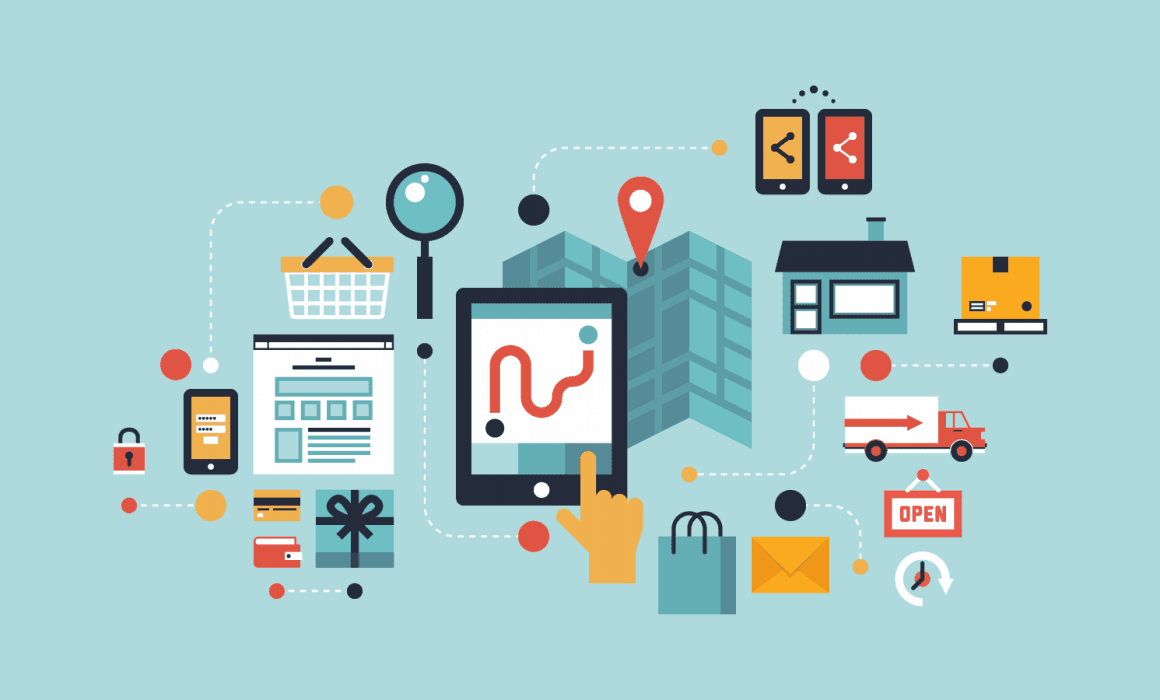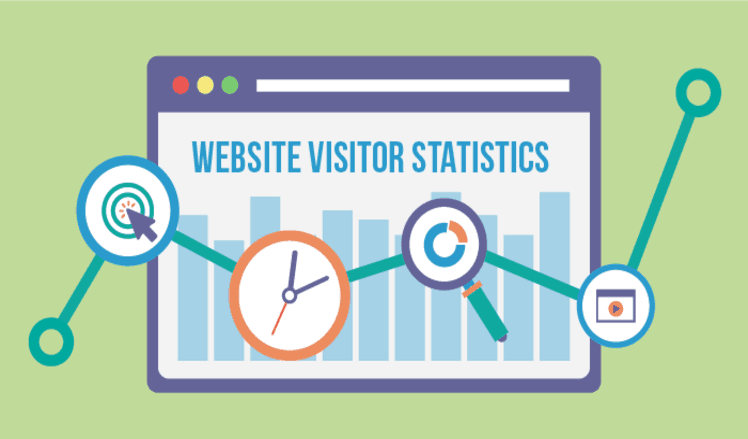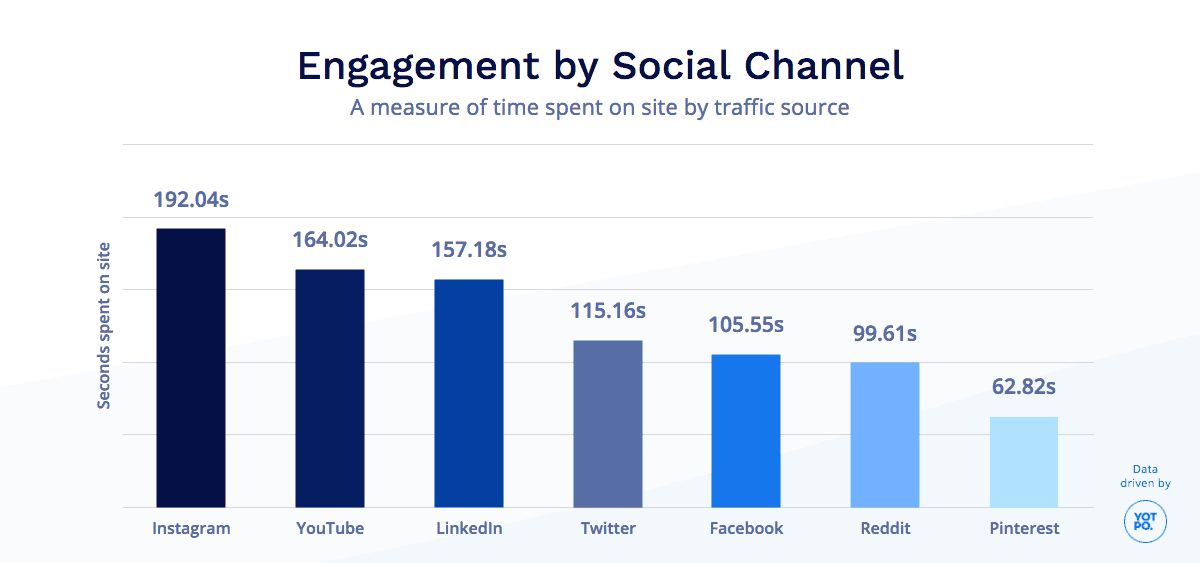What is Engagement Rate?
Digital marketing has revolutionized the ways that brands connect and engage with their prospective customers. Traditional marketing and advertising methods are characterized by one-way messaging: the company or brand releases an advertisement (print, television, radio, billboard, etc.), then distributes the advertisement to select channels in hopes that it will be seen by prospective customers. Traditional advertisements do not allow customer engagement in the way we understand it today because there is no opportunity for the customer to respond or react to the ad itself.
In contrast, digital marketing and advertising allow consumers to directly interact with marketing and informational content released by your brand. They may be able to publish their own comments right next to your content or share it with their friends. Effective digital marketing campaigns are designed to generate customer engagement, which can have numerous positive benefits for your brand.
Engagement rate is a set of metrics used to measure customer engagement in digital marketing. There are many methods and formulas that can be used to measure engagement, but their common goal is to quantify the involvement of customers with your brand and measure the effectiveness of your marketing or advertising campaign.

What Counts as an Engagement?
Engagement rates are context-specific. Each digital marketing channel has its own unique platform and characteristics that can be leveraged to engage customers, so the definition of “engagement” might change based on the platform used to market your brand. The first step to determining the engagement rate for a specific marketing campaign or piece of content is to decide what will count as engagement and which specific customer actions will count towards the “engagement rate” metric. Here are some examples:
Engagement Rate Metrics for Your Website
Measuring engagement rate for content marketing efforts deployed on your website (white papers, blogs, etc.), as well as for visitors in general, is an important aspect of optimizing the customer experience and ensuring that your website is appropriately configured to help visitors find the information and resources they want. You can keep tabs on metrics such as:
- Scroll depth by page
- Average time spent on each page
- Average page views by user
- Bounce rate (How frequently a visitor lands on one of your web pages from an external link or Google search and leaves quickly without interacting)
- Registrations, E-mail submits and other form conversions
- Social shares directly from your website
Engagement Rate Metrics for Your Social Media Campaign
Social media marketing campaigns that generate high engagement can offer excellent return on investment, as an engaged user can help to exponentially expand the reach of your campaign. When measuring your social media engagement, use metrics such as:
- Likes or Reactions
- Comments
- Shares
- Pins (Pinterest)
- Retweets or Mentions (Twitter)
The power of engagement on social media is that it expands the reach of your marketing campaigns. When a user likes or shares your content, many more people in that person’s network will be exposed to your message, leading to further engagement with prospective customers.
Engagement Rate Metrics for Email Marketing
Measuring engagement rate and conversion metrics is essential for determining the effectiveness and ROI of any email marketing campaign. The more engagement metrics you track for your e-mail campaigns, the more you’ll be able to optimize your e-mails and increase conversions. The most important engagement rate metrics for email marketing include:
- Open Rate
- Click-through Rate (CTR)
- Conversion Rate
- Bounce Rate (The ratio of subscribers on your mailing list that did not receive your email. This metric can be used to assess the quality of your mailing list)
- Number of Unsubscribes (Unsubscribes are not always bad. They can result in fine-tuning your mailing list and ensuring that you only spend your marketing budget on the best prospects. Quality over quantity, every time.)
- List growth rate
- Forwarding rate/email sharing

Why is Engagement Rate Important?
Organizations that use digital marketing to reach their customers through social channels measure engagement rate to quantify the success of a campaign and to measure its return-on-investment (ROI). There are several business benefits associated with marketing campaigns that achieve a high engagement rate:
Increased Brand Visibility and Recognition
Brand visibility is one of the most important benefits of increasing customer engagement. Brand visibility can be defined as “the prevalence of your brand in the marketplace, media and in the minds of prospective customers”. The more your prospects see your brand, the more they’ll recognize you as an important player in your market or industry. Increased brand recognition brings with it benefits like increased trust and a greater likelihood of purchase.
Enhanced Brand Affinity for Prospective Customers
Brand affinity is similar to brand equity but is measured on the level of the individual consumer rather than the overall brand. It works like this: When a prospective customer has a positive experience with your brand, it increases their overall preference for purchasing products from you versus your competitors. Brand affinity can also have follow-on effects, including the change of generating additional word-of-mouth marketing.
More Referrals and Word-of-Mouth
Referrals and word-of-mouth are free marketing for your product, brand or business. When you measure things like website page sharing, social shares, and e-mail forwarding, you’re measuring how frequently your prospects pass your marketing content and messaging along to their friends. The ability to generate rapid referrals and word-of-mouth advertising helps drive the ROI of social media and other types of marketing campaigns.
Enhanced Brand Credibility
Brand credibility is an important factor in the way that prospective customers view your brand. Credibility is all about creating the long-lasting perception that your organization has the expertise and capabilities to deliver on the promises you make with your product and advertising. Perceptions of your expertise and trustworthiness can come from social proof, so public engagement has a direct effect on how prospects perceive your brand.

Increase Your Brand Engagement Rate with Directive Consulting
At Directive Consulting, we’re experts in creating, measuring and optimizing engagement rate for your B2B marketing and advertising campaigns.
With our strategic approach to paid social campaigns and website optimization, we’ve helped brands across industry verticals boost their engagement rate metrics, generating more leads and converting more opportunities into revenue while reducing costs.
Want to find out how we can boost the engagement rate for your brand? Get in touch and we’ll create a customized proposal just for you.